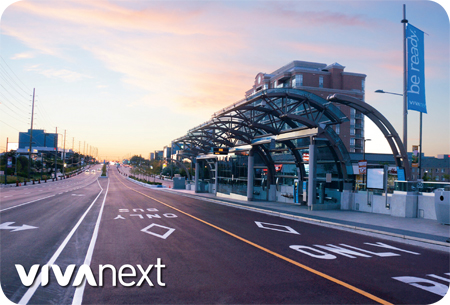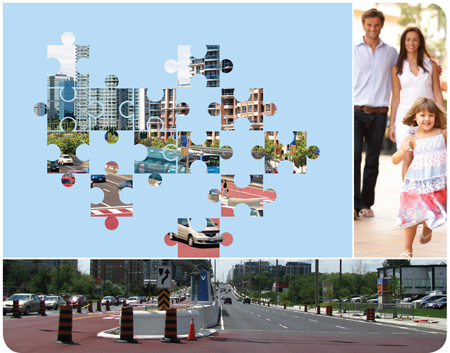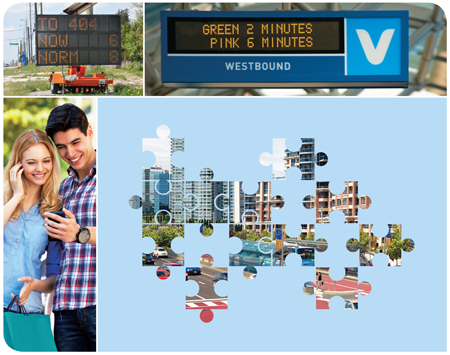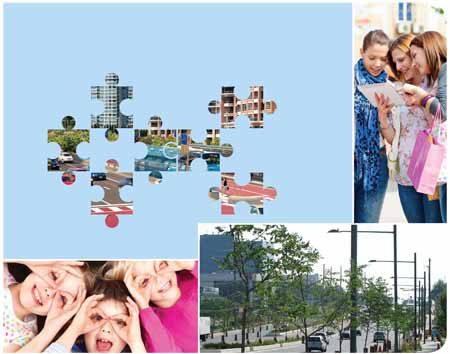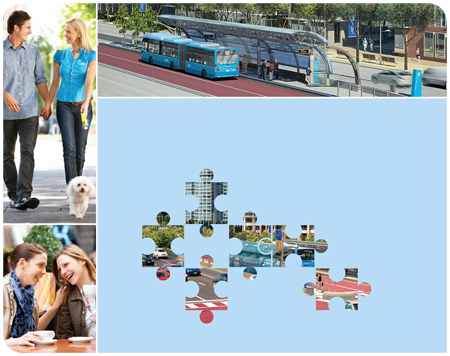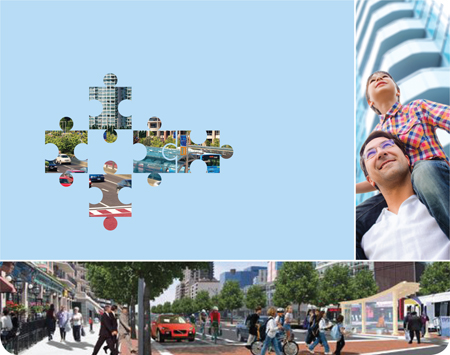You already know how excited we are to be introducing you to our new vivaNext rapidway system, with its comfortable and convenient stations and amenities, now open on Highway 7. But for many transit riders across York Region, you’re YRT riders as well, and your comfort on that part of your commute is just as important to us.
YRT is currently carrying out upgrades to all their curbside stops across the YRT system to add new amenities and freshen up existing ones. If you’ve been to the YRT stop at 16th Avenue and Warden you’ll already have seen the prototype that’s going to be installed everywhere.
Each YRT stop will get a modern new shelter, which will provide superior protection from the elements. And for more comfort, each station will have new benches and garbage containers. More and more people are choosing to commute by bike but if biking part-way then jumping on YRT\Viva suits you better, YRT is installing bike racks at each stop so you can leave your bike with confidence until your return.
YRT is going to be working their way through the entire system across the Region to upgrade all the YRT stops over the summer, with the Highway 7 rapidway sections being the first to change over to the new amenities this summer. With the rapidways now open and the new YRT local stops being refreshed, Highway 7 has taken on a refurbished look and feel that highlights York Region’s commitment to serving its residents. Check out this video
These upgrades will bring a new level of comfort to YRT riders, and show the commitment YRT\Viva has to providing all its riders with a great customer experience, no matter what route they’re taking. We encourage you to come visit the area!



